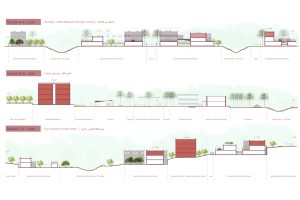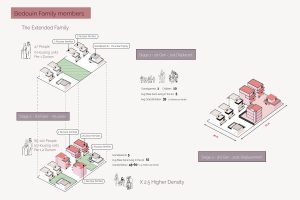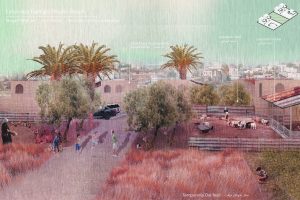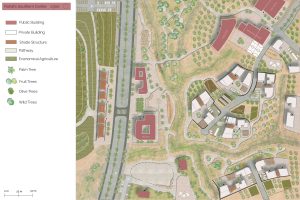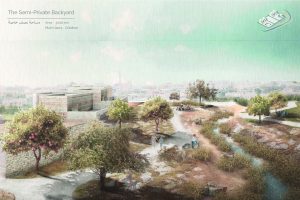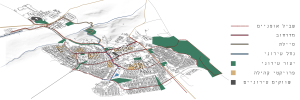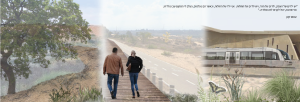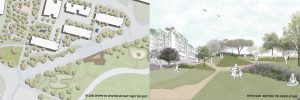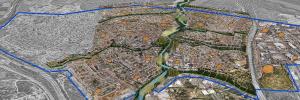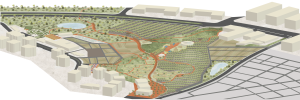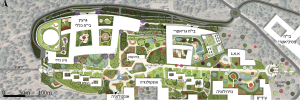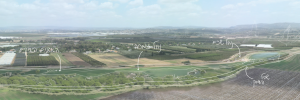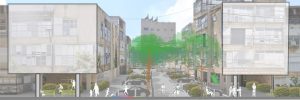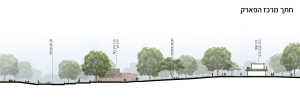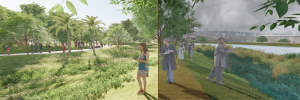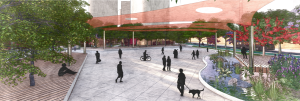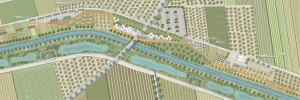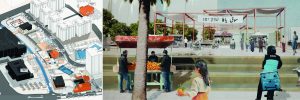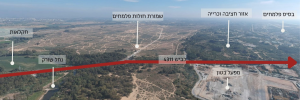Be-Longing
Internal Displacement is a global conflict that arises when communities are forced to leave the place they call home due to political disputes or environmental crises, yet remain within the borders of their country. In the local context, the Bedouin communities residing in the unrecognized villages in the Negev has been dealing with this conflict for many years, resulting in enormous challenges for both the displaced and the host communities. Presently, 8,800 residents of five different villages are about to be displaced in Rahat, the largest Bedouin city in Israel and worldwide, which is already accommodating several displaced communities that have been forced to leave their “illegal” lands. This presents several challenges that the displaced residents will encounter, among them cultural, social, and financial difficulties, such as adapting to the new and foreign landscape and physical space. They will also experience separation from their traditional lands and from other family members, in addition to the difficulty of living among and adapting to foreign communities.
My project aims to utilize landscape tools to mitigate the difficulties soon to be experienced by the internally displaced, ensure privacy and foster a sense of belonging in Rahat. In my plan, I propose a three-stage plan designed to preserve, for the short and long terms, the community’s cultural values, habits, rural lifestyle, and family-based residency, elements currently lacking in Rahat. In the new neighborhoods, the residents will have access to separate services, independent from the rest of the city, while remaining spatially connected. They will also have the right to choose whether to blend in with foreign communities by integrating private and semi-private open spaces. This approach ensures a gradual and more comforting transition for the displaced communities into the new foreign city.







